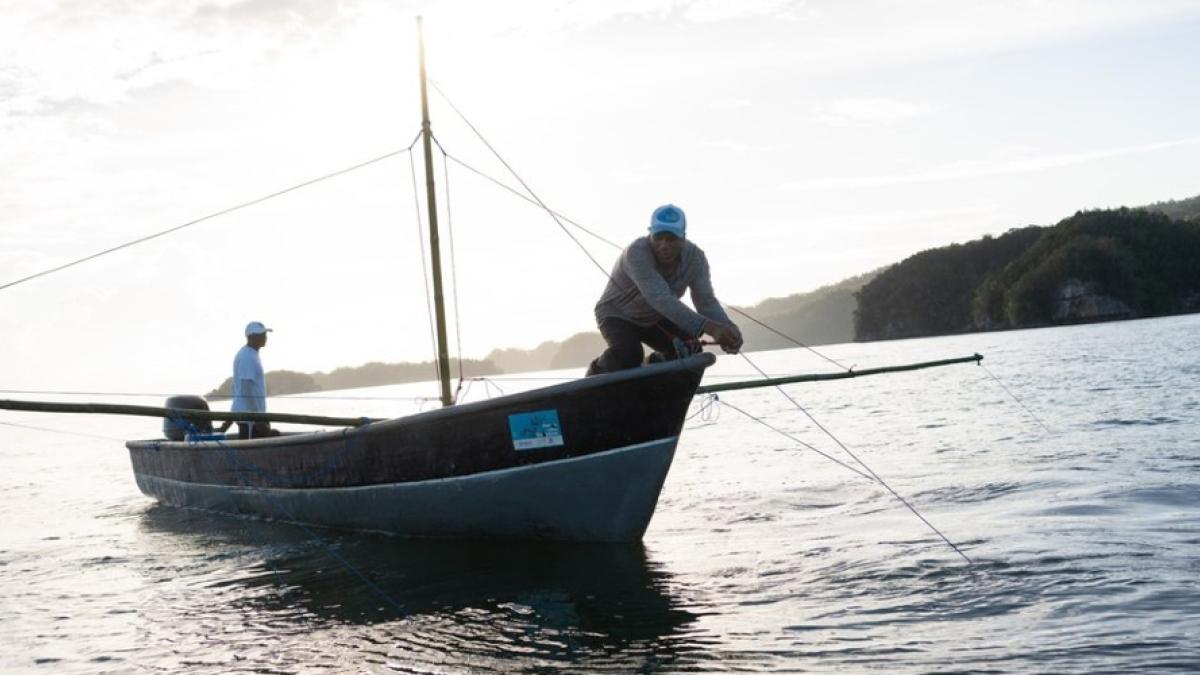Conserving Marine Resources for Future Generations
Locally-led Conservation in the Philippines
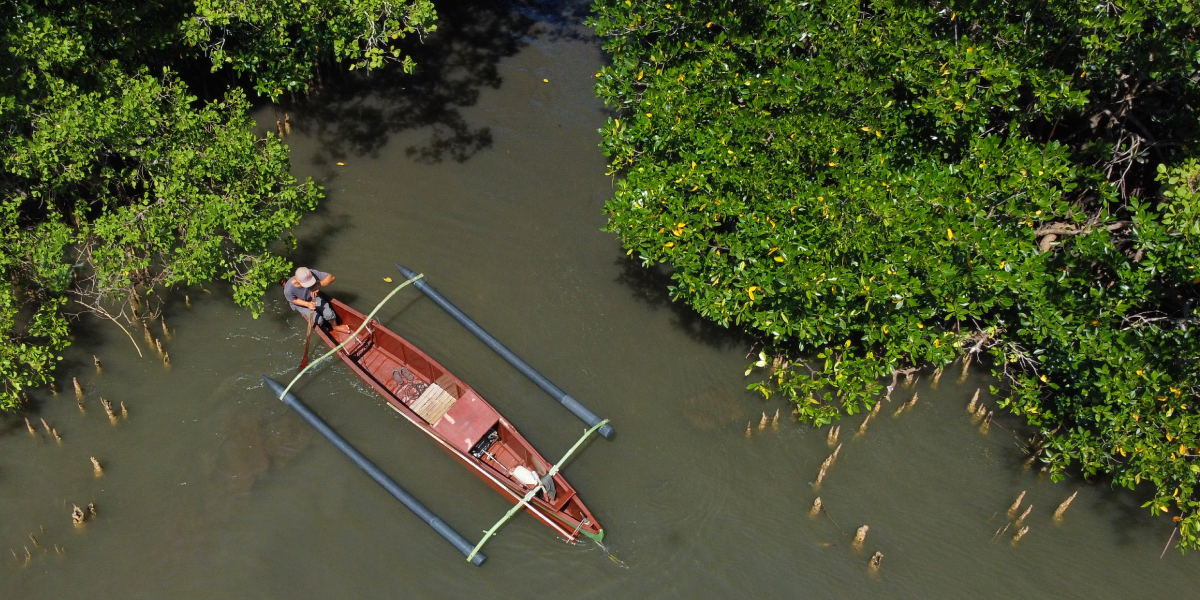
Photo credit: Blue Motus
Story by Jessica Bach, Advancing Capacity for the Environment | Photos by Blue Motus for USAID
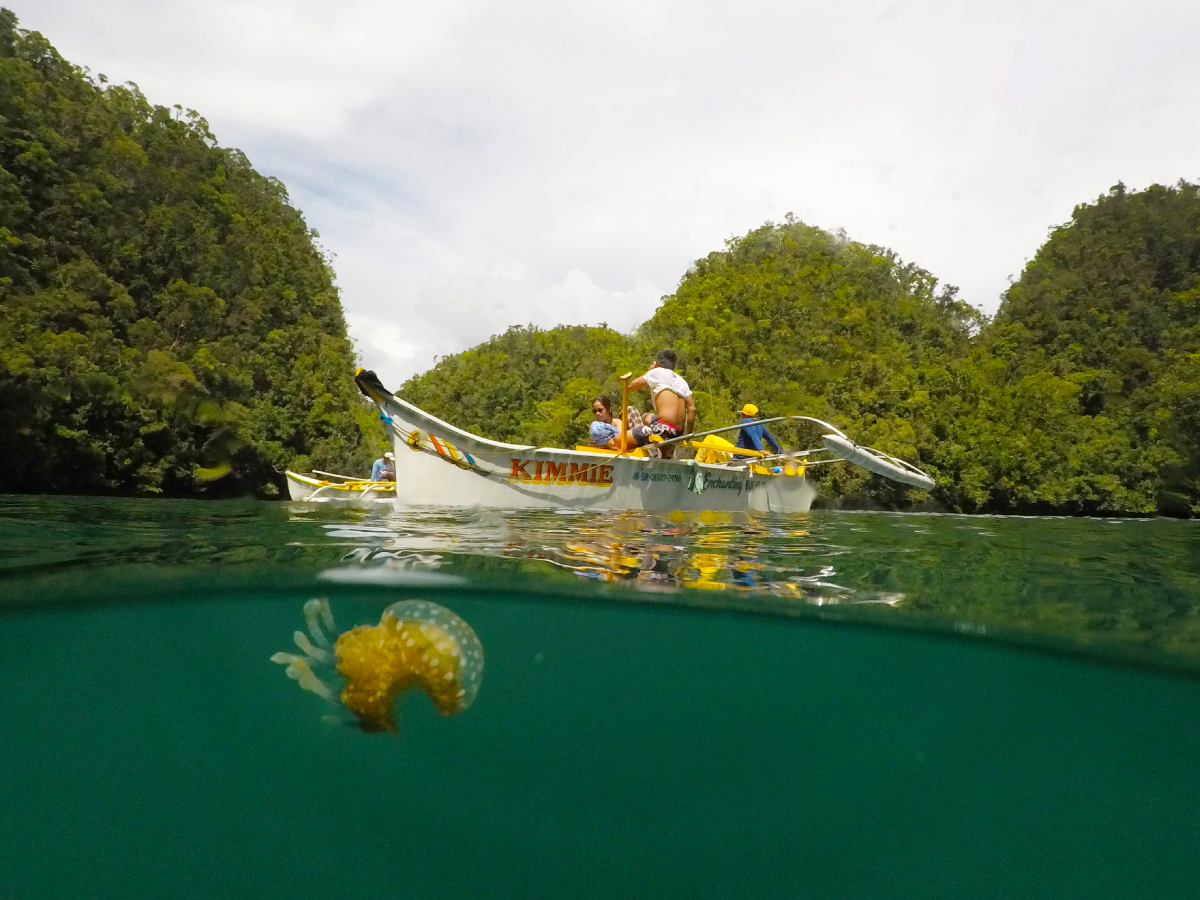
Although Masinloc-Oyon Bay Protected Landscape and Seascape is only about 150 miles from Manila, it’s a world away from the skyscrapers of the Philippines’ capital and its 1.9 million people.
As the only marine protected area in the country’s Central Luzon region, Masinloc-Oyon Bay is home to vast mangrove forests and seagrass meadows, shallow reef areas, and countless marine species. Residents in Masinloc rely on the bay’s marine resources for their food, income, and livelihoods.
Yet despite its protected status, the area’s critical natural resources face threats from illegal mining and overfishing.
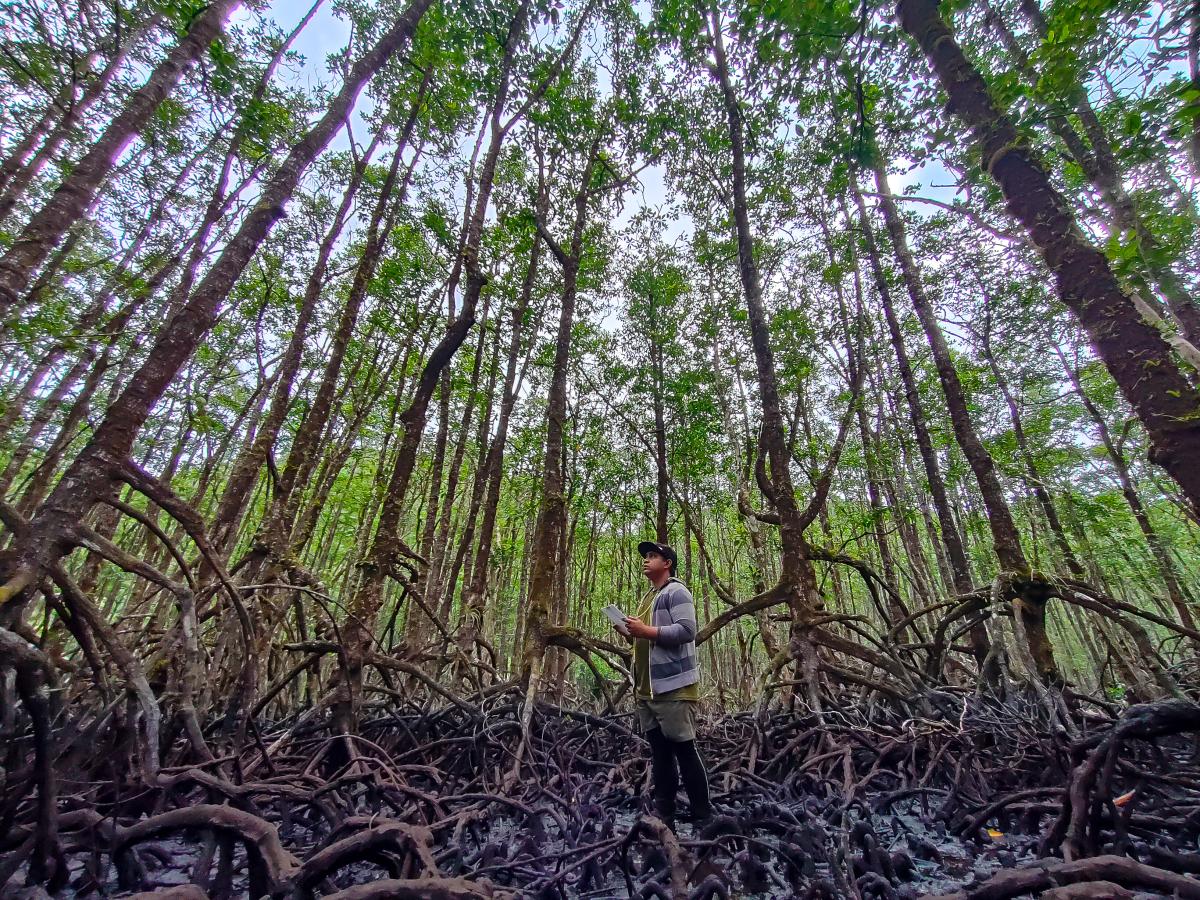

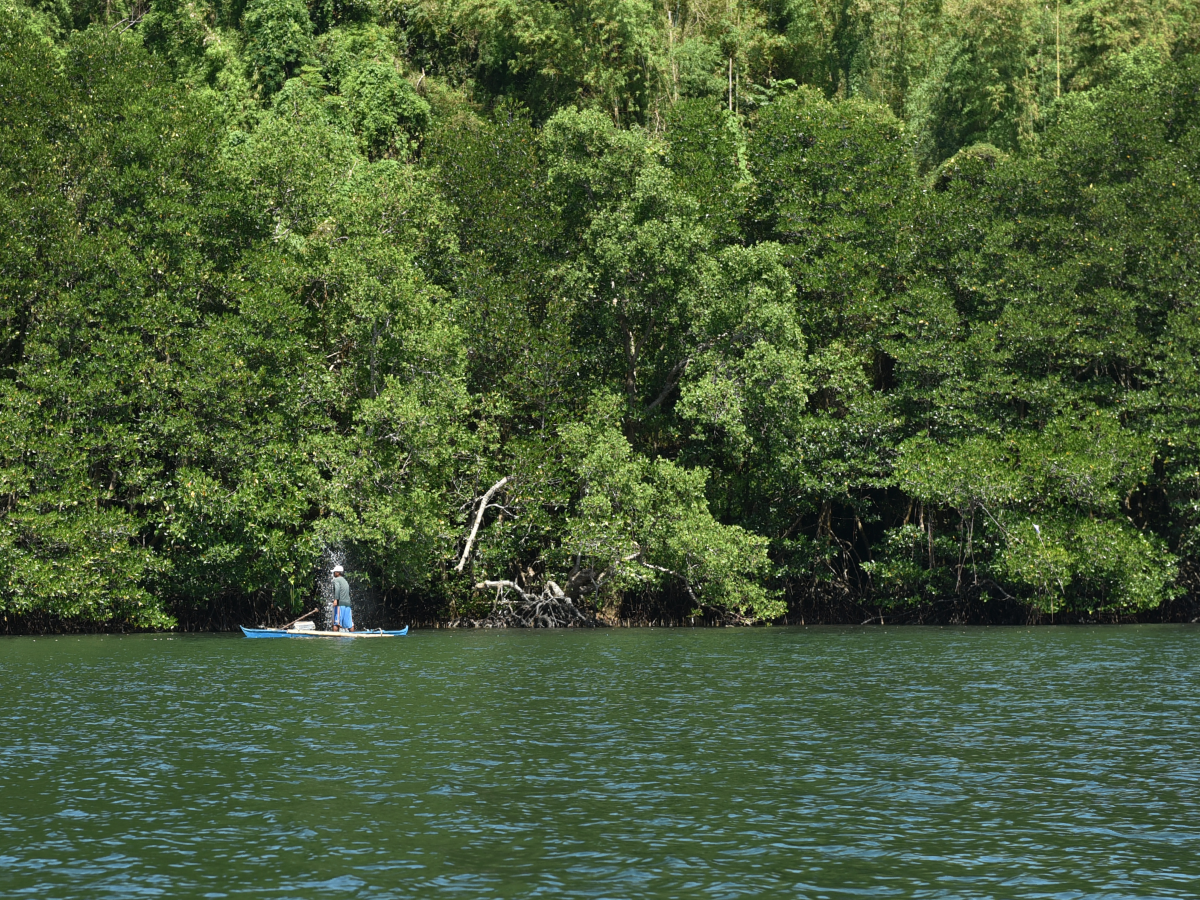
USAID works with local governments and communities in Masinloc to improve natural resource governance, conserve marine biodiversity, and combat nature crimes—preserving the Philippines’ rich marine resources while improving the livelihoods of communities who depend on them.

Improving Natural Resource Governance
Conservation works best when people and nature can thrive together. In the Masinloc-Oyon Bay Protected Landscape and Seascape, USAID promotes the effective participation of communities and local governments in sustainable marine, coastal, and fisheries management.
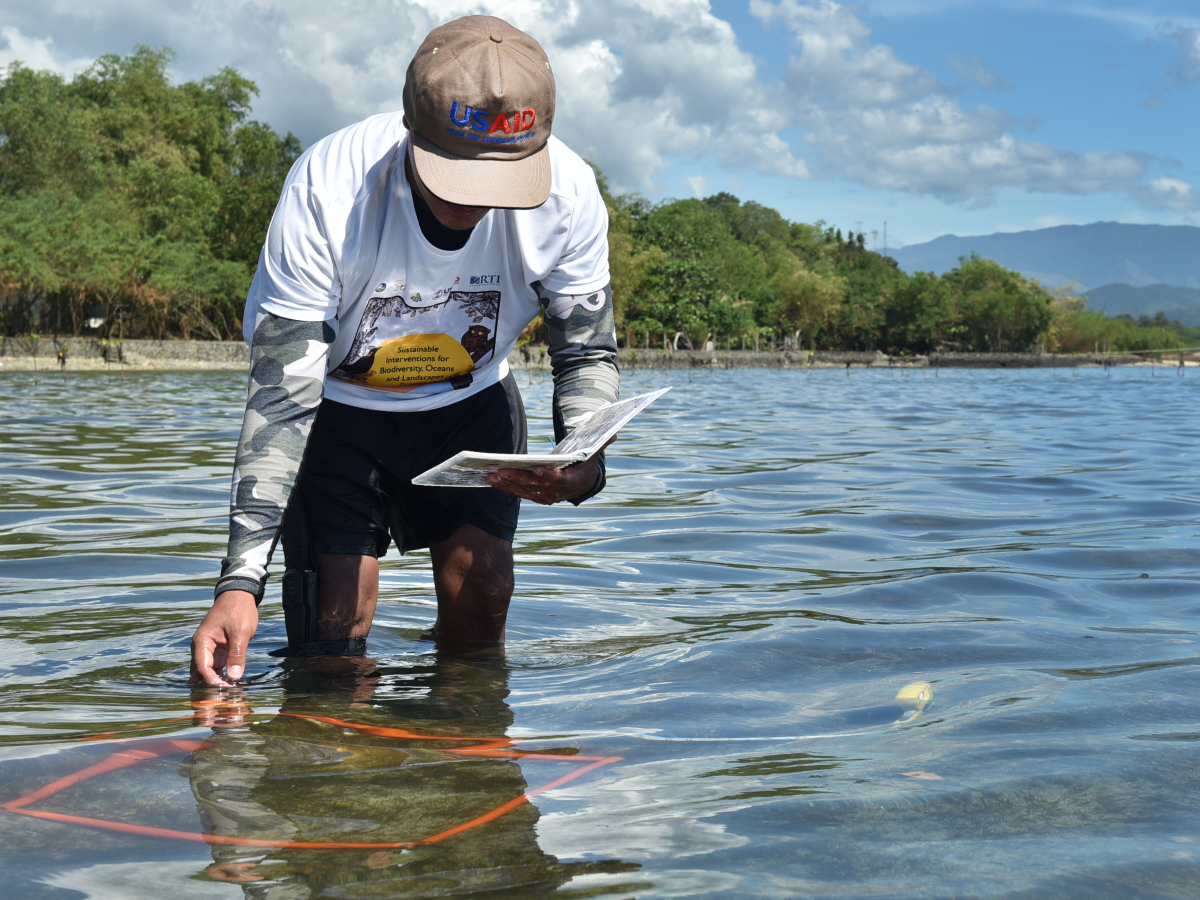
To strengthen natural resource governance in the protected area, the Agency trains community volunteers and technical staff in local and national government and at local universities to conduct comprehensive ecological assessments. These assessments are used to determine the status of species, habitats, and threats to the marine protected area—including identifying fish and coral species, surveying seaweeds, and conducting an annual waterbird census.
As a result of the USAID-supported assessments, the Department of Environment and Natural Resources officially declared the 42-hectare biologically significant Magalawa Island as a marine turtle nesting site. This declaration further increased awareness and conservation of the endangered olive ridley and green sea turtle species.
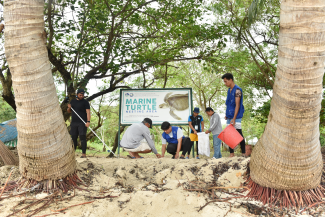
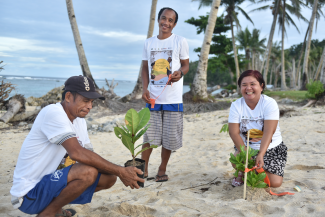
Training local communities and governments to conduct their own biodiversity assessments and monitoring reinforces local values of nature and well-being, helps maintain cultural heritage, and ensures that local knowledge and expertise drive programming decisions.
USAID also supports environmental awareness-raising campaigns to reduce unsustainable practices among communities and promote ownership and agency in locally led conservation initiatives.
Fishers have learned to ensure that the fish they harvest are an appropriate size to support the rehabilitation of fish stocks. Fishers use mesh nets with holes just large enough to avoid catching young or juvenile fish.
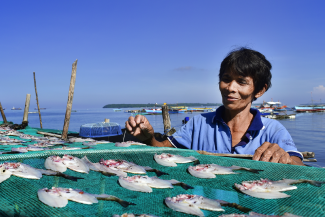
After Typhoon Paeng in October 2022, tons of seaweeds accumulated on the shores of Masinloc. With USAID support, locals collect and air-dry the seaweeds and sell them to entrepreneurs who process the organic waste into fertilizers. They ensure they only harvest seaweeds that are already washed ashore since seaweeds that are alive and growing in shallow inshore areas serve as coastal habitats for marine species.
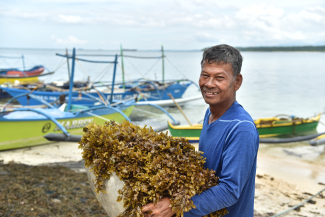
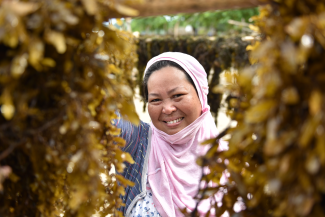
Promoting Conservation Enterprises
Conservation enterprises—businesses that generate economic and social benefits while helping to meet conservation outcomes—are a key component of locally led conservation in the Masinloc-Oyon Bay Protected Landscape and Seascape.
USAID supported the establishment of community savings groups around the bay—prioritizing the most vulnerable and at-risk households, women, people with disabilities, and older individuals—whereby members can use small loans from these groups to equip, expand, and diversify their businesses.
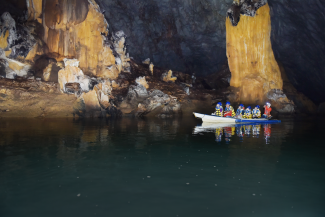

Zeny, a widowed mother of seven, can increase her annual harvest on her tahong (mussel) farm after obtaining a $250 (Php 15,000) loan to support her business.

Thanks to the community savings group, Elmer, a fisherman, has installed a new, reliable engine on his fishing boat—allowing him to catch fish in the waters of the bay and provide for his family’s needs.

After a typhoon devastated the waters of Masinloc and threatened her business, Jorame—a mother of four—needed to find an alternative source of income. She took out a loan from the community savings group to open a small restaurant, through which she now earns more than enough to provide for the basic needs of her family.

The community savings groups also work on ecosystem restoration and rehabilitation projects, such as planting mangrove saplings. Mangrove forests are home to various marine species, serve as a natural water filtration system, and protect coastal communities from tidal surges.
Combating Nature Crime
Illegal fishing and other nature crimes are major environmental and security concerns, impacting livelihoods, food security, and development in the Philippines.
USAID’s approach to combating nature crime and corruption is responsive to the constantly changing threats of illegal fishing, poaching, and wildlife trafficking. The Agency builds the capacity of local governments in Masinloc to reduce nature crimes by strengthening enforcement against environmental law violations and the illegal wildlife trade.
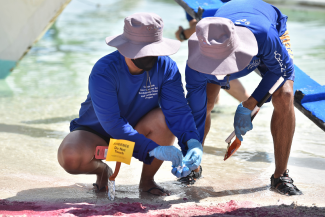
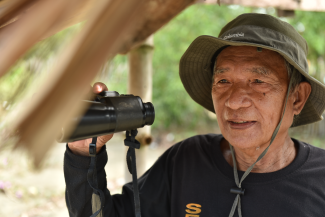
USAID supports the Bantay Dagat—sea patrollers—to monitor the reserve for illegal activities such as poaching, blast fishing, and illegal wildlife trade in declining species such as giant clams or sea turtles. Through enforcement and monitoring training, USAID strengthens the capacity of the Bantay Dagat to combat nature crimes that threaten natural resources in the Marine Protected Area.
Taklobo (giant clams) grow to an average diameter of four feet and thrive in warm seawater and shallow reef areas. The harvest, possession, and trade of taklobo are prohibited under Philippine law, but these giant clams are still threatened by poachers who sell them as delicacies or ornaments.
USAID trains local partners and sea patrollers in Masinloc to conduct assessment and monitor activities in the protected area—helping prevent any illegal activities targeting taklobo and contributing to its survival.
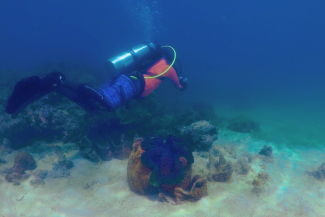
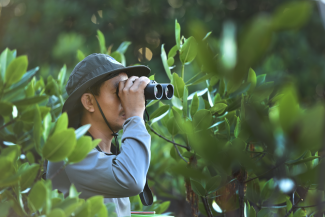
About This Story
USAID’s five-year Philippines Sustainable Interventions for Biodiversity, Oceans, and Landscapes (SIBOL) Activity works with the country’s government to introduce and scale up high-impact environmental interventions that support the sustainable management and governance of key natural resources and reduce nature crimes and unsustainable practices.
The Masinloc-Oyon Bay Protected Landscape and Seascape is one of its four focus areas. The other three are:
Puerto Princesa Subterranean River National Park & Cleopatra’s Needle Forest Reserve: These forest areas of the ecologically important Palawan province are rich in biodiversity.
Mt. Mantalingahan Protected Landscape (Palawan province): Threats to this forest area—home to more than 12,000 Indigenous People and abundant biodiversity—include illegal logging and mining.
Siargao Island Protected Landscape & Seascape: This marine protected area is surrounded by the country’s largest contiguous mangrove area and is threatened by overfishing and the exploitation of other natural resources.


